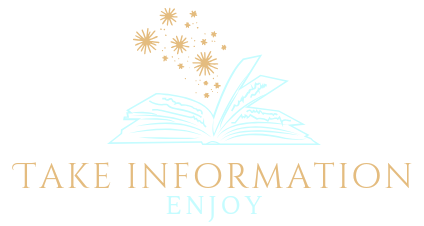What Is Autism?
Autism, also known as Autism Spectrum Disorder (ASD), is a developmental disorder that affects communication, behavior, and social interaction in children. It is referred to as a spectrum disorder because its symptoms can vary widely in severity and presentation from one individual to another. Autism typically becomes evident in early childhood, often before the age of three.
Common characteristics and symptoms of autism in children may include:
1 – Communication difficulties: Children with autism may have challenges in understanding and using spoken language. Some may have delayed speech development, limited vocabulary, or difficulty initiating and maintaining conversations.
2 – Social interaction challenges: Children with autism often struggle with understanding social cues, such as facial expressions and body language. They may find it challenging to make and maintain friendships or engage in imaginative play with others.
3 – Repetitive behaviors: Many children with autism engage in repetitive movements or actions, such as hand-flapping, rocking, or repetitive speech. They may also display rigid adherence to routines and get upset with even minor changes.
4 – Repetitive behaviors: Many children with autism engage in repetitive movements or actions, such as hand-flapping, rocking, or repetitive speech. They may also display rigid adherence to routines and get upset with even minor changes.
5 – Sensory sensitivities: Sensory issues are common in autism. Some children may be overly sensitive to certain sensory stimuli, such as bright lights, loud noises, or certain textures.
It’s important to note that while these are common characteristics, not all individuals with autism will exhibit all of them. The severity and combination of symptoms can vary widely, making each case unique.
What is the cause of autism ?
The exact cause of autism is not entirely understood, but it is believed to involve a combination of genetic and environmental factors. There is currently no cure for autism, but early intervention and therapy can significantly improve a child’s development and quality of life. Treatments may include behavioral therapies, speech therapy, occupational therapy, and educational interventions tailored to the child’s specific needs and challenges.
It is essential to seek a professional evaluation if you suspect that a child may have autism. Early diagnosis and intervention can make a significant difference in helping children with autism reach their full potential and improve their overall well-being.




